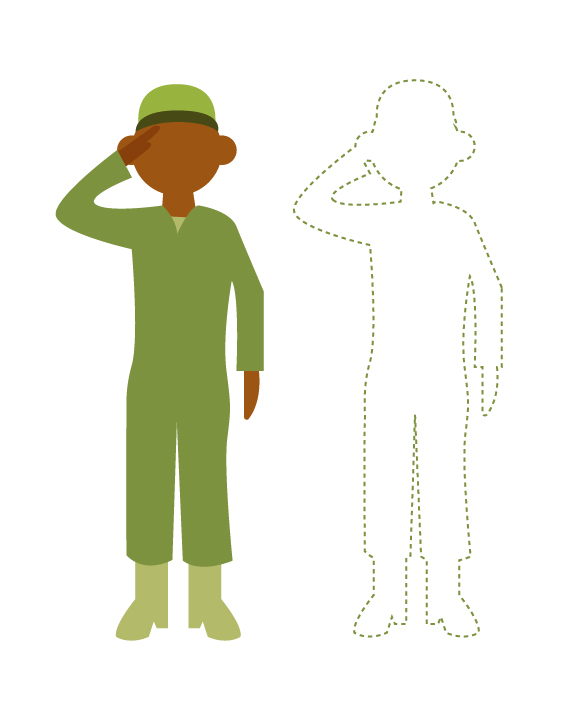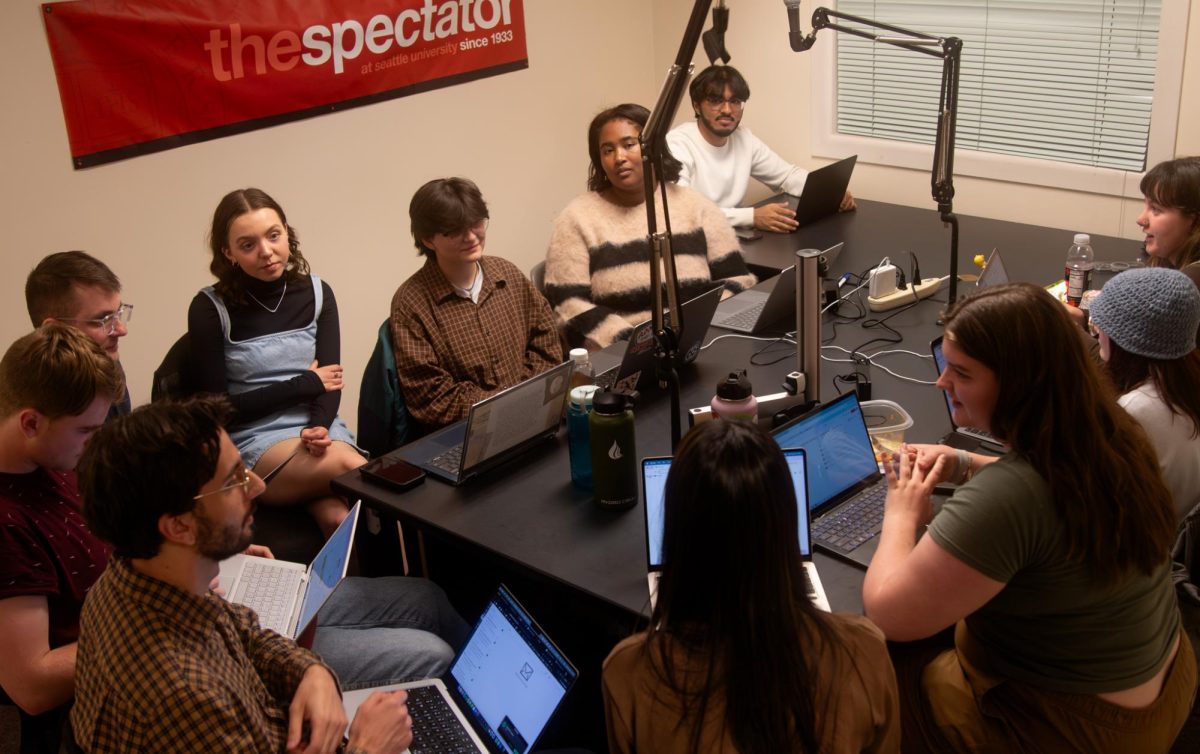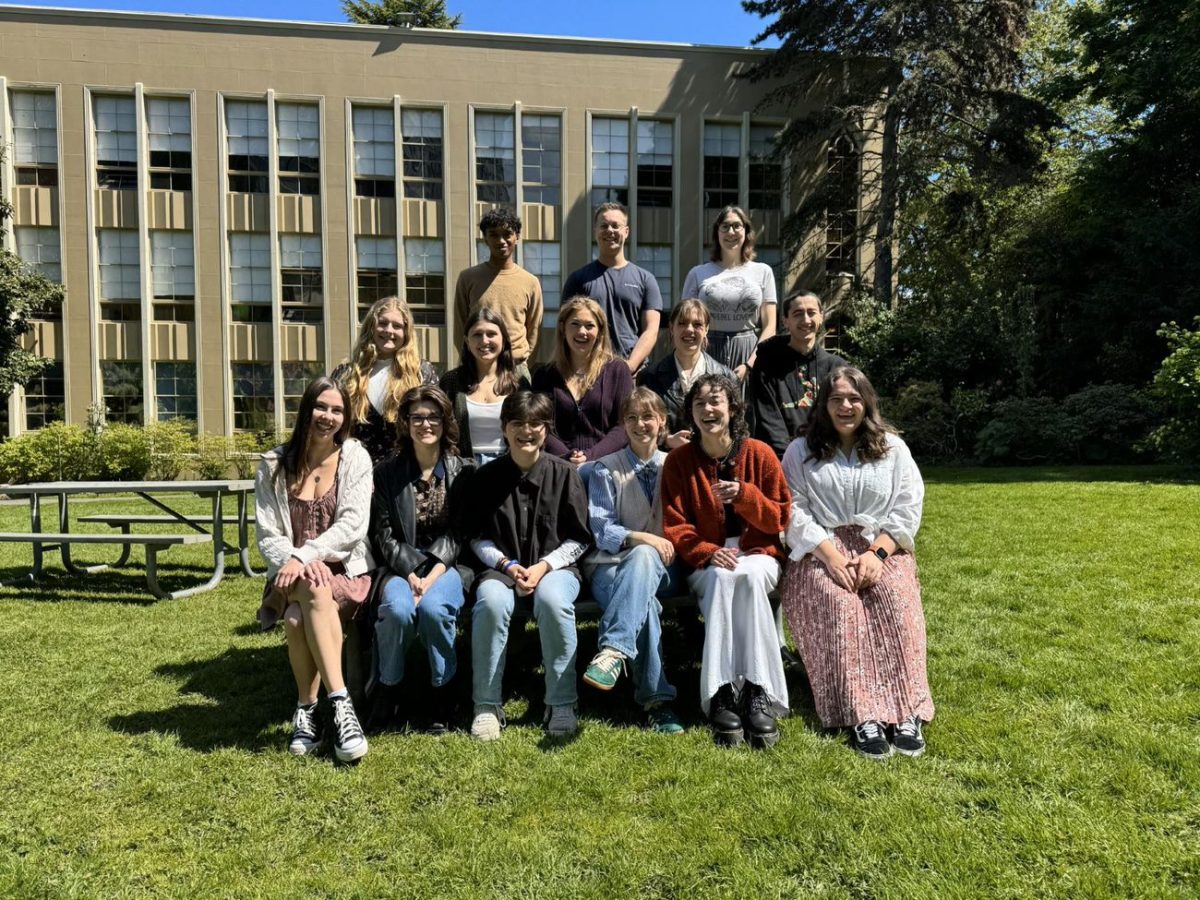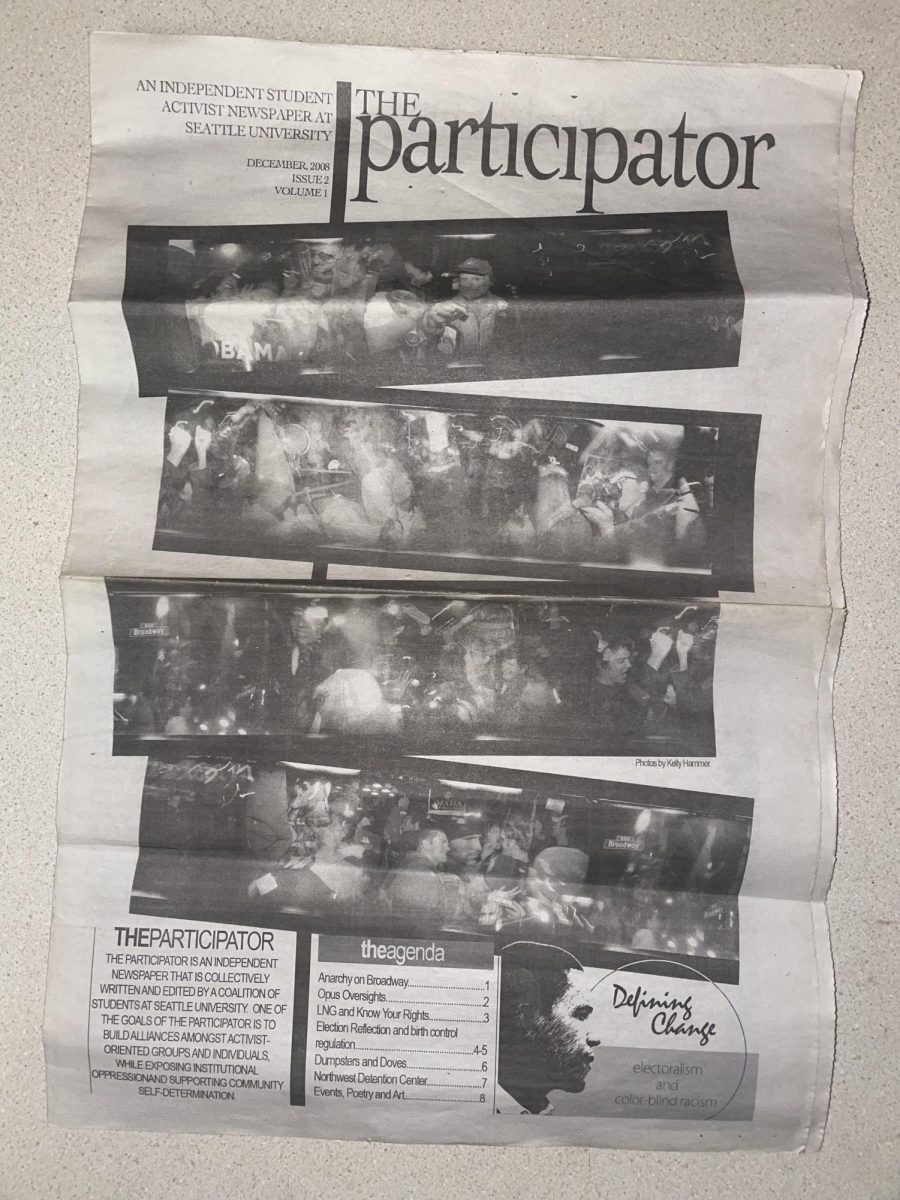A recent New York Times article reported that the United States military has brought a greater recruiting focus to liberal leaning cities like Seattle and San Francisco. According to Seattle University Reserve Officers’ Training Corps (ROTC); however, the school’s program is largely unaffected by this change. The institutional desire for more enlisted individuals is reflected in funding allocated to independent recruiting officers, who are not affiliated with Seattle U in any way.
The shift to targeting cities like Seattle, Kansas City, and Boston represents a move away from typical recruiting practices. In the past, the military has focused its recruiting operations on the South, where military service carries more weight as a family tradition, and an honor for the military is more culturally expected.
However, this shift has been largely unsuccessful, with many Seattle recruiting offices struggling to meet goals, according to the New York Times. This is because many high schools are slow to respond to recruiters and sometimes even counteract recruitment efforts.
According to Hershel Turner, the recruiting operations officer at Seattle U, this number has not markedly changed. The rates of recruiting at Seattle U are reflective of recruiting nationwide. As reported by the Army Times in 2018, the U.S. Army did not meet recruiting standards by 6,500 individuals, and the reserve is short on recruits to the tune of 9,000 individuals.
Like many other colleges nationwide, Seattle U’s graduating class is short on recruits. The goal for the school is a typical one, with an aim of 12 individuals brought on per year. In past years, this goal has not been met, according to Turner, but he’s confident that this graduating class of ROTC students will fulfill the Seattle U ROTC mission.
Though military recruitment has had a long-term pattern of falling short of recruitment standards, the selection of recruits remains constrained for Seattle U students. At the moment, ROTC is seeking solely STEM students and nursing students, with a particular interest in the former.
After graduation, most ROTC students could expect to work in their field of study, but others may find themselves working outside of their academic training. This is determined based on the national quotas for each field.
“Some will work in a position as assessed by the needs of the military,” Turner said.
For STEM students, this usually means civil, electrical, or mechanical engineering, while nursing students pursue healthcare. That being said, students sometimes graduate and find themselves working in a field they weren’t prepared for at Seattle U.
Seattle-wide, recruitment offices are trying to maintain enlistment standards while meeting recruitment missions. There are three overall categories that individuals have to meet to be considered for recruitment: physical, mental, and moral.
Physical disqualifications include conditions such as asthma, while recruits could be disqualified on mental and moral terms as a result of mental illness and past legal issues. Those suffering from depression, ADHD, or chronic anxiety would not be selected for this program, according to Chief Yabbit of the Seattle Army Recruiting Battalion.
However, those limiting factors are not always universally prohibitive. As a former enlisted individual, who wished to remain anonymous said, in their opinion there are typically individuals who are able to enlist while not necessarily meeting the qualifications of those three categories. Last year, the army itself defended its use of waivers that allowed some who might be disqualified from service to be considered for service.
In terms of the requirements high school students need to meet, ROTC evaluates their qualifications similarly to how many universities evaluate students: they look at grades, community involvement, and other high school activities, according to Yabbit. Recruits also have to take the Armed Services Vocational Aptitude Battery, a multiple-choice test that tests for enlistment qualifications.
The editor may be reached at
[email protected]













